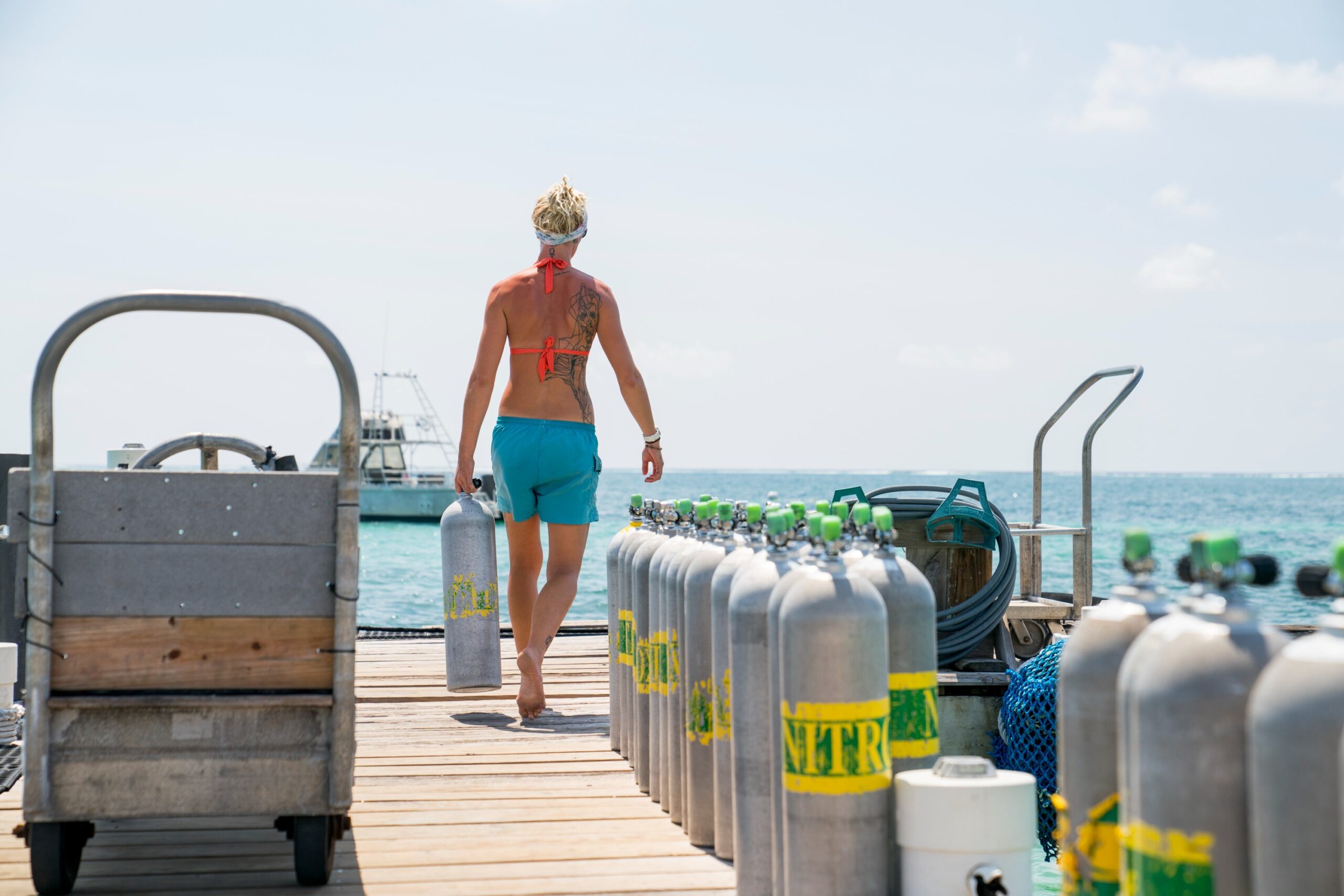KatieMac
Contributor
Longer bottom times is not the only reason people dive nitrox. Some people want to reduce their nitrogen load. Diving nitrox with the computer set to air adds a safety margin.I see. So all you have to do to avoid getting shorter bottom times is shorten your bottom time.

4 Divers Who Should Be Diving Nitrox - Are You One of Them?
Some types of divers will benefit more than others from diving nitrox. See if diving with enriched air is a good choice for you!



